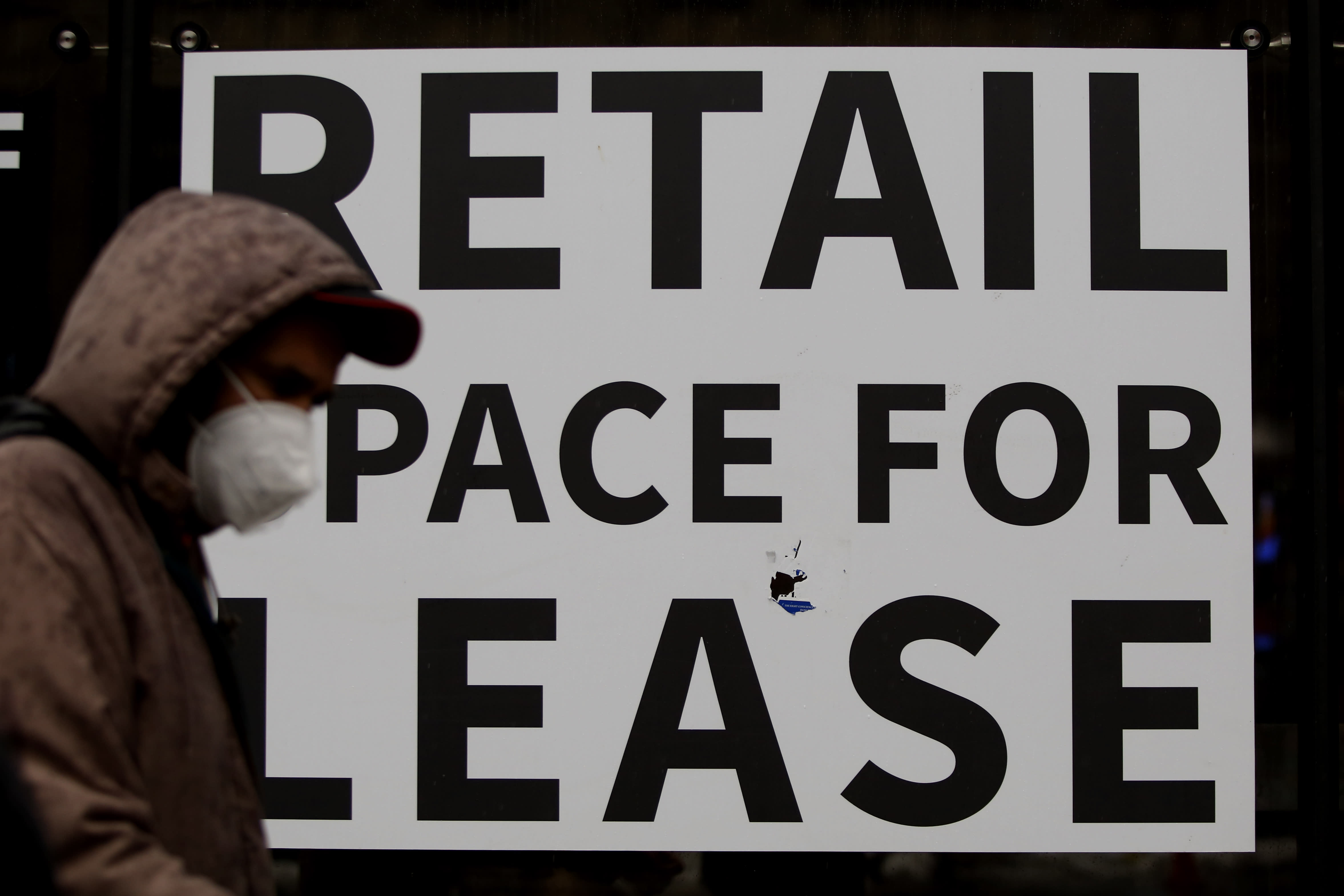
According to a Facebook report and the small business roundtable, small business closures around the world and the United States are returning to their pandemic peaks.
“It’s still a very painful time for small businesses,” John Stanford, executive co-director of the Small Business Roundtable, said Thursday.
The report, which examined more than 35,000 small and medium-sized businesses around the world, found that 22% of U.S. small businesses closed in February. These figures exceeded 14% in October. As of May, the pandemic closed 23% of small and medium-sized businesses, just one percentage point higher than the current closing rate.
Although the general closures are approaching Covid highs, the report found that different areas of the country were experiencing varying degrees of difficulty. Some states, such as Maine, Idaho, and Colorado, closed between 9% and 10%, while others such as New York, Pennsylvania and Massachusetts closed at least 30%.
Within states, the report also found that certain demographics were more affected than others: 27% of small and medium-sized minority-run businesses reported closures, compared to 18% of others. Women-run companies recorded closing rates of 25%, while 20% of male-run businesses closed.
Small and medium-sized businesses continue to see the impact of the pandemic despite a relative rebound for larger companies. “Small businesses are really our front-line advocacy for the business community,” Stanford said. “First they feel impacts, and those impacts last longer.”
“So while larger companies with a larger capital reserve may be fine, small businesses may not only risk staying open, and I think we’re seeing that work with those high numbers,” he added. .
During a year of Covid closures, Congress rolled out programs such as the Payroll Protection Program, designed to help small businesses keep their employees on the payroll. Stanford said that while the data show that PPP was “fundamental” to small businesses, such programs were not designed to be sustainable a year later.
“We have to remember that the PPP was a bridge program,” Stanford said. “It was meant to keep people on the payroll. It wasn’t necessarily about keeping companies open.”
According to the report, 27% of small and medium-sized companies said they had to reduce their workforce and 48% of these companies said they had to lay off at least half of their workforce. When it comes to reclaiming these employees, 51% of companies surveyed said they had no plans to hire former employees in the next six months.
“The PPP and others have really helped us stop the economy for a year, but I think we have a difficult road ahead,” Stanford said.
However, 18% of small and medium-sized companies said they had already hired some of their employees in the last three months. The report noted that these companies account for 60% -70% of the world’s workforce, so the prospect of re-hiring would be critical to the recovery of many economies.
Stanford said he is generally optimistic about the ability of small businesses to recover.
“Entrepreneurs are survivors. … We reopen the economy, we reopen states, when things return to normal, we will return in a fast way,” he said. “When life recovers in a few months here, you’ll see small businesses shrink.”